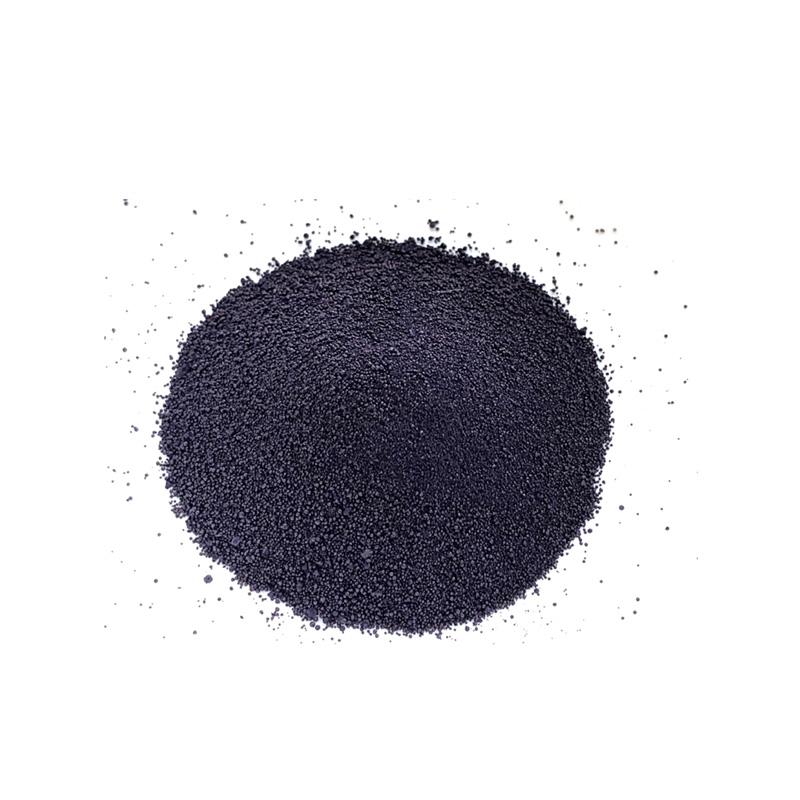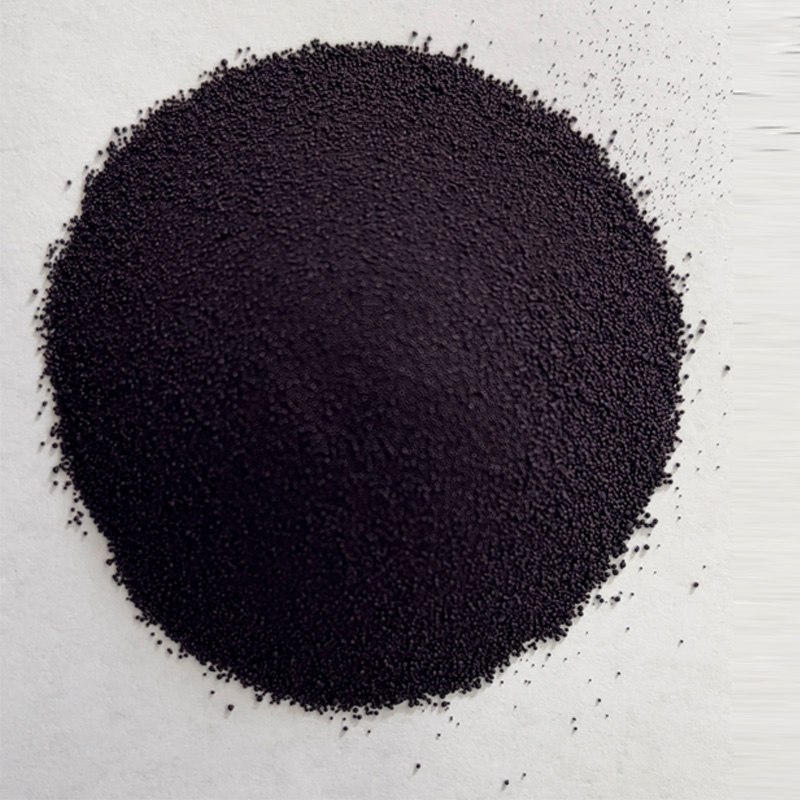high quality natural indigo dye for fabric


Beyond its environmental benefits, natural indigo is revered for its deep, rich hue that matures beautifully with time. This property lends itself well to fashion pieces that exude a timeless appeal. Vintage enthusiasts and consumers with an eye for sustainable luxury particularly appreciate these attributes, as garments dyed with natural indigo often develop a unique patina and character with wear, creating personalized pieces for the wearer. Building a business centered around high-quality natural indigo dye also requires a strong foundation of trust and authority. Producers engaged in ethical sourcing and transparent production methods are more likely to resonate with consumers who are increasingly vigilant about the origins of their products. Certifications from recognized bodies can bolster a company’s standing, providing assurance regarding the authenticity and eco-friendliness of their dyes. Leading voices in textiles argue that the key to leveraging natural indigo's full potential lies in continuous learning and adoption of best practices. Workshops, collaborations with master dyers, and investing in training programs can elevate a company's product offerings and ensure they maintain a competitive edge in the market. Cultivating consumer trust through authenticity and authority is pivotal. Highlight customer testimonials and case studies that showcase the longevity and beauty of indigo-dyed fabrics. These real-world experiences, coupled with a company's commitment to quality and sustainability, can significantly enhance brand perception and loyalty. In conclusion, high-quality natural indigo dye for fabric is not merely a nod to tradition but a vibrant, eco-friendly alternative in the modern textile landscape. By embracing its authentic charm, rooted in a rich heritage of craftsmanship, businesses can meet the demands of today's conscientious consumers while contributing to a more sustainable future.
-
The Timeless Art of Denim Indigo Dye
NewsJul.01,2025
-
The Rise of Sulfur Dyed Denim
NewsJul.01,2025
-
The Rich Revival of the Best Indigo Dye
NewsJul.01,2025
-
The Enduring Strength of Sulphur Black
NewsJul.01,2025
-
The Ancient Art of Chinese Indigo Dye
NewsJul.01,2025
-
Industry Power of Indigo
NewsJul.01,2025
-
Black Sulfur is Leading the Next Wave
NewsJul.01,2025

Sulphur Black
1.Name: sulphur black; Sulfur Black; Sulphur Black 1;
2.Structure formula:
3.Molecule formula: C6H4N2O5
4.CAS No.: 1326-82-5
5.HS code: 32041911
6.Product specification:Appearance:black phosphorus flakes; black liquid

Bromo Indigo; Vat Bromo-Indigo; C.I.Vat Blue 5
1.Name: Bromo indigo; Vat bromo-indigo; C.I.Vat blue 5;
2.Structure formula:
3.Molecule formula: C16H6Br4N2O2
4.CAS No.: 2475-31-2
5.HS code: 3204151000 6.Major usage and instruction: Be mainly used to dye cotton fabrics.

Indigo Blue Vat Blue
1.Name: indigo blue,vat blue 1,
2.Structure formula:
3.Molecule formula: C16H10N2O2
4.. CAS No.: 482-89-3
5.Molecule weight: 262.62
6.HS code: 3204151000
7.Major usage and instruction: Be mainly used to dye cotton fabrics.

